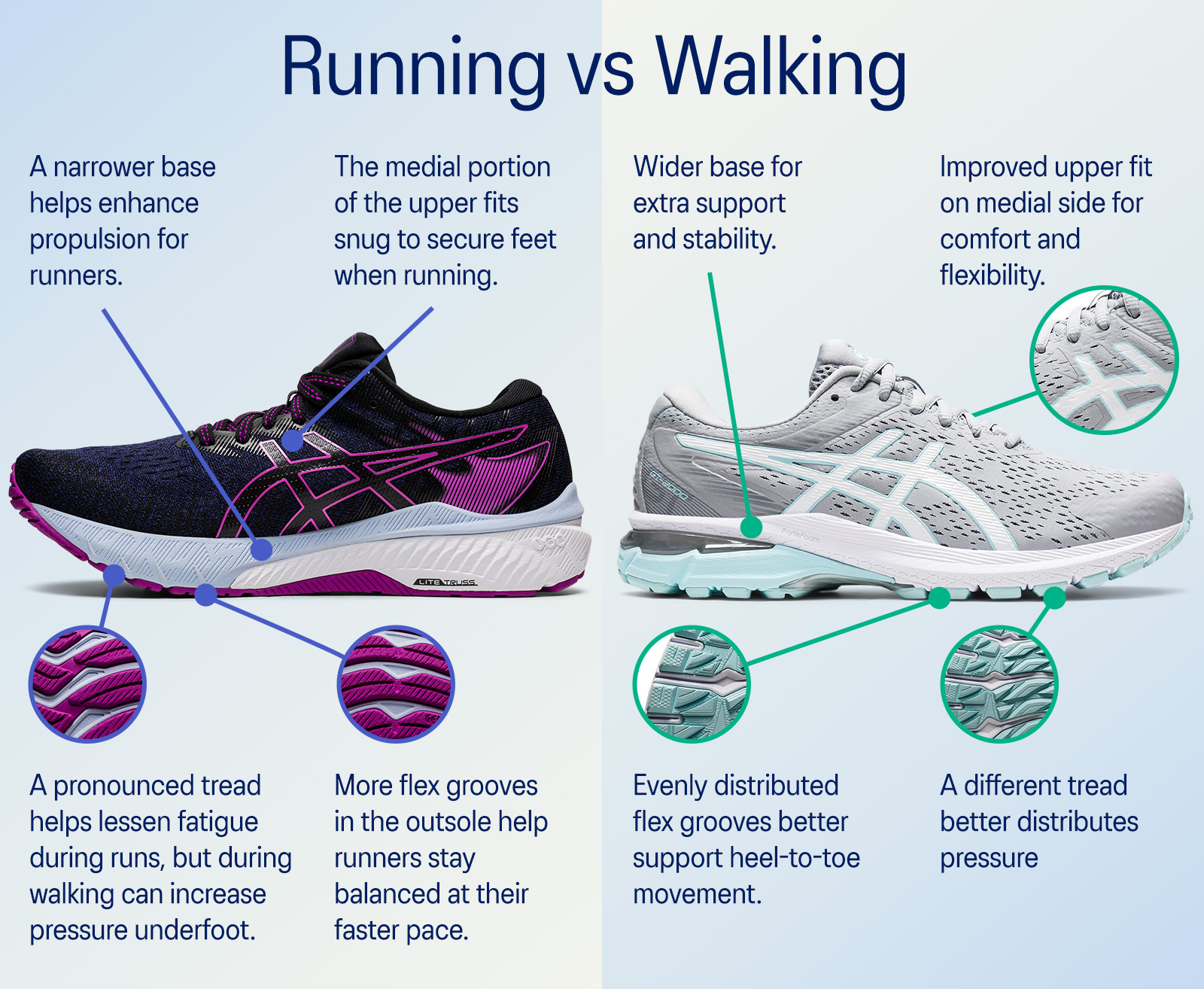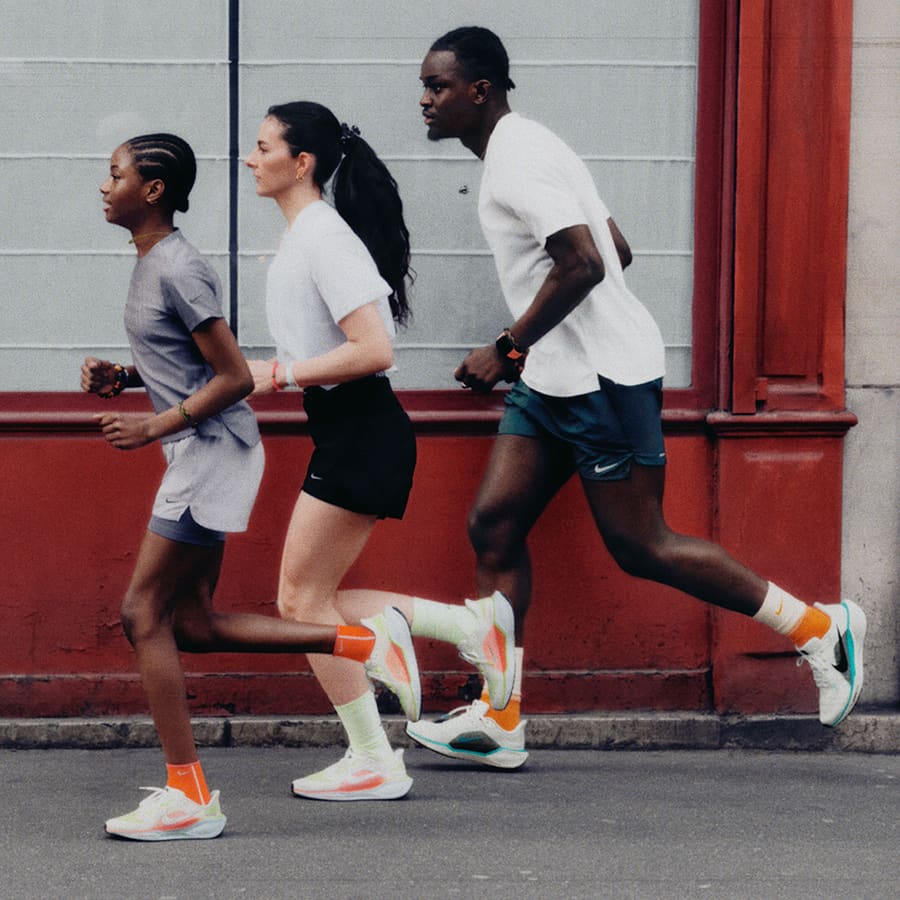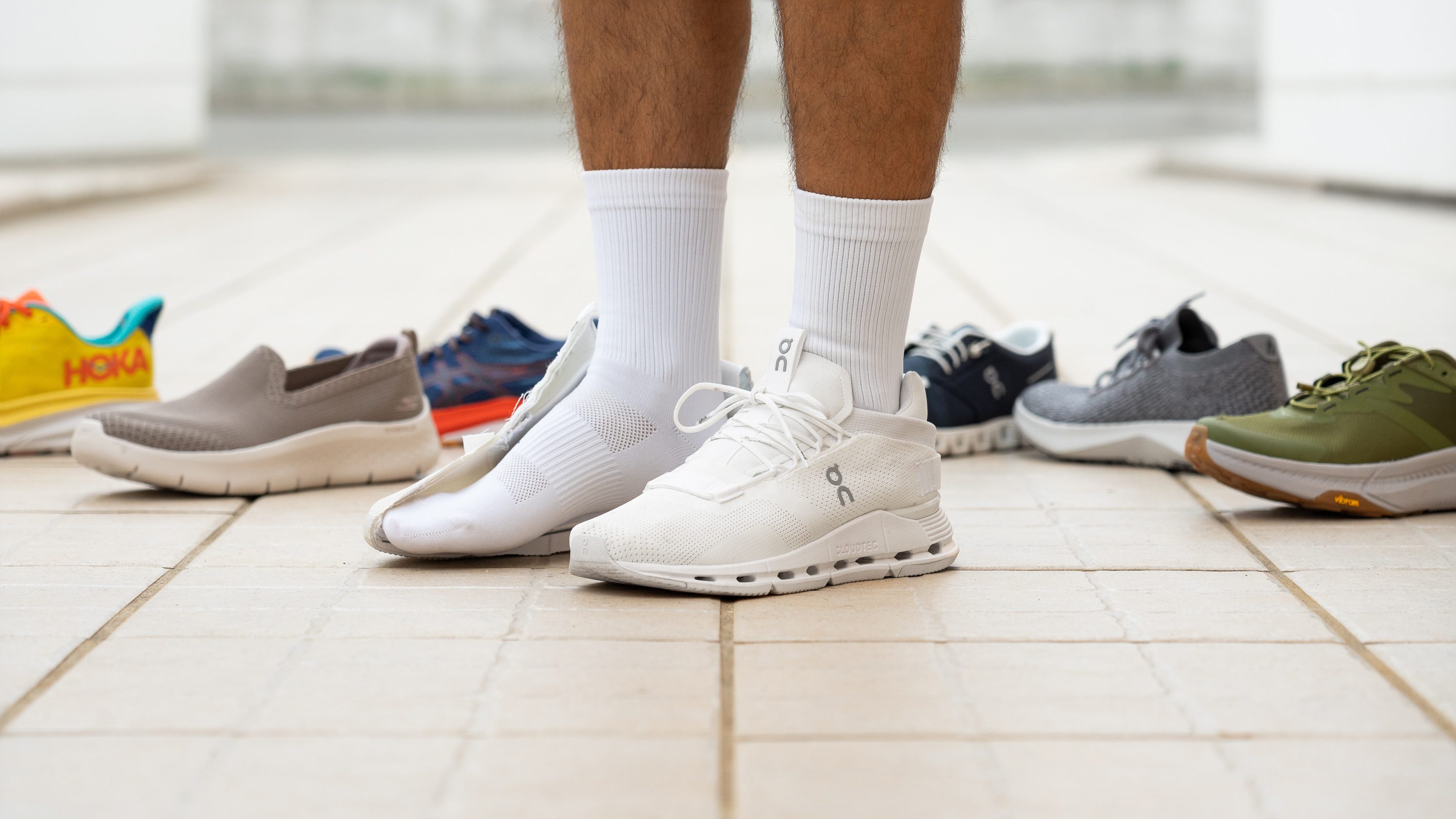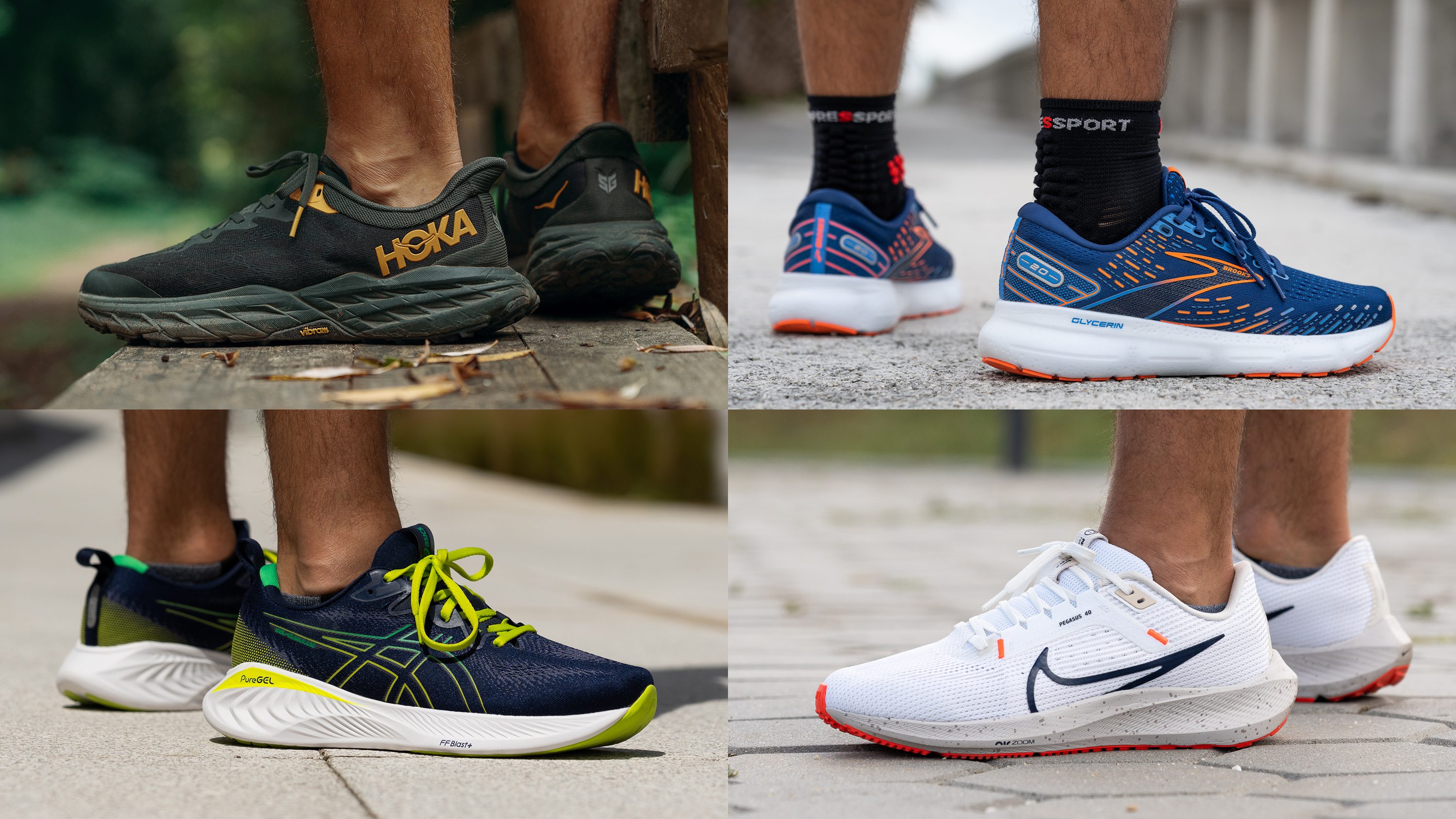Discover The Perfect Running And Walking Shoes For Ultimate Comfort And Style
In the realm of footwear, the distinction between running and walking shoes often blurs, yet their design philosophies cater to fundamentally different biomechanical needs. Whether you’re an avid runner pounding the pavement or a daily walker exploring neighborhood trails, the right pair of shoes can transform your experience from mundane to extraordinary. This article delves into the science behind these essential gears, guiding you toward choices that blend uncompromising comfort with sleek style, all while offering insights into professional features and accessible pricing.
The Science of Footwear: Why Specialization Matters
When it comes to athletic shoes, one size does not fit all—or more accurately, one design does not suit all activities. The human foot undergoes distinct stress patterns during running versus walking, necessitating specialized engineering. According to biomechanics research from Harvard University, running involves a gait cycle where the foot strikes the ground with a force up to three times the body’s weight, primarily on the forefoot or midfoot, whereas walking distributes pressure more evenly from heel to toe. This divergence demands unique cushioning and support systems in running/walking shoes. For instance, running shoes often feature enhanced shock absorption in the heel and forefoot to mitigate impact, while walking shoes prioritize flexibility to facilitate the natural roll of the foot. Ignoring these nuances can lead to discomfort or injuries, such as plantar fasciitis or shin splints, as noted in studies published by the American Podiatric Medical Association. By understanding the scientific principles, you empower yourself to select footwear that aligns with your movement patterns, ensuring every step is both safe and satisfying.

Key Features to Look for in Running Shoes
Running shoes are engineered for performance and protection, incorporating elements that address the high-impact nature of the activity. First, consider the midsole cushioning, typically made from materials like EVA foam or Nike’s Zoom Air units, which provide responsive rebound and energy return. As Eliud Kipchoge, the world-record marathoner, once emphasized in an interview, “The right cushioning can make the difference between a personal best and burnout.” Second, examine the outsole grip; durable rubber with multidirectional lugs ensures traction on various surfaces, from roads to trails. Third, look for a secure upper construction with breathable mesh to prevent blisters and allow airflow. Additionally, features like heel counters and arch support stabilize the foot, reducing the risk of overpronation or supination. Brands like ASICS and Brooks often integrate gel or guide rails technologies, backed by research from institutions like the University of Calgary, which highlight their role in minimizing joint stress. When shopping, prioritize models that offer these attributes at discounted prices through seasonal sales or loyalty programs, making top-tier running/walking shoes accessible without compromising quality.

Essential Elements of Walking Shoes for Daily Comfort
Walking shoes, while sometimes overshadowed by their running counterparts, are meticulously designed for endurance and ease. The hallmark of an excellent walking shoe is flexibility—allowing the foot to bend naturally at the ball during each step. As noted on Quora by a podiatry expert, “Walking involves a heel-to-toe motion that requires less cushioning but more torsional rigidity than running.” Look for shoes with a low heel-to-toe drop, which promotes a more natural gait and reduces strain on the Achilles tendon. Breathability is another critical factor; materials like knit uppers or moisture-wicking liners keep feet dry and comfortable over long distances. Support features, such as contoured insoles and ample toe box space, prevent common issues like bunions or numbness. Brands like New Balance and Skechers often incorporate memory foam and rocker soles, innovations praised in reviews on Baidu Baike for enhancing comfort during prolonged use. By focusing on these elements, you can find running/walking shoes that feel like an extension of your feet, available at budget-friendly prices through online discounts or outlet stores.

How to Choose Based on Your Lifestyle and Needs
Selecting the ideal pair of running/walking shoes hinges on a personalized assessment of your activities, foot type, and aesthetic preferences. Begin by analyzing your typical routine: Are you a city dweller who jogs on concrete, or a trail enthusiast who hikes rugged paths? For urban runners, shoes with ample cushioning and reflective details for safety are paramount, whereas trail walkers might prioritize waterproofing and aggressive treads. Next, consider your foot morphology—flat feet often benefit from motion control shoes, while high arches require neutral cushioning. Websites like Runner’s World offer detailed guides, citing opinions from YouTube influencers who demonstrate fit tests. Don’t overlook style; modern designs from brands like Adidas and Hoka merge vibrant colors with streamlined silhouettes, proving that functionality and fashion can coexist. To secure the best value, monitor e-commerce platforms for flash sales or bundle deals, where you can acquire high-performance running/walking shoes at a fraction of the cost, ensuring your investment supports both your health and your wallet.

Ultimately, the journey to finding the perfect running and walking shoes is one of informed choice and personal alignment. By embracing the scientific insights and feature breakdowns outlined here, you equip yourself to navigate the vast market with confidence. Remember, the right shoes aren’t just an accessory—they’re a partner in your pursuit of vitality and expression, offering a blend of comfort and style that elevates every stride.
